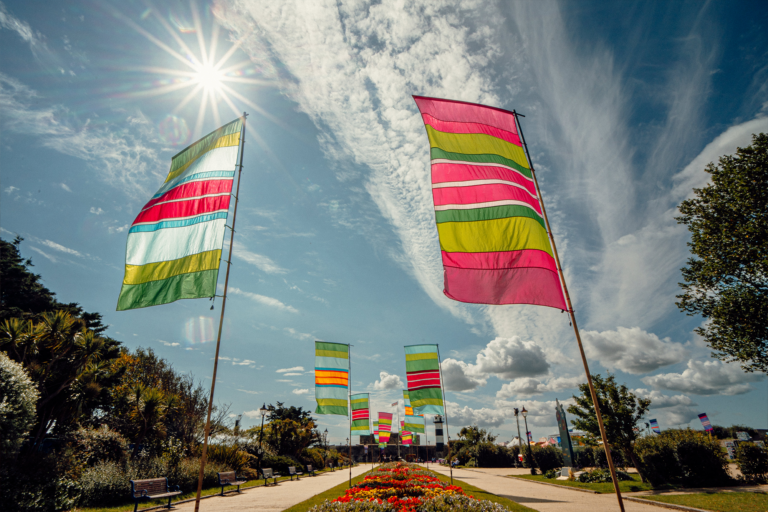

If you cast your mind back to your childhood, there’s a strong chance you have memories of reading, either with your family or alone. And when you cast your mind back to those memories, what sort of characters were you seeing in the pages of the books you read?
Maybe you read Matilda or Alice in Wonderland. Maybe Danny the Champion of the World was more your wheelhouse, or perhaps Peter Pan and The Famous Five, Harry Potter and Lyra were the characters that littered the pages of your youth. But what do these characters all have in common? For one thing, they’re all white – and while it’s not explicitly stated, they’re probably all straight and cisgendered, and they’re definitely all able-bodied and neurotypical. While each of these characters certainly came with their own lessons to teach, they were certainly not representative of the gloriously diverse society we actually lived in. Books should be both mirrors and windows to the world – and creating a library of diverse books for you and your kids allows them to be both.
Well. The world is a diverse place. Not everyone looks, loves or lives the same. As parents, we have an amazing opportunity to mould the tiny humans we raise into adults with strong morals who celebrate people from all walks of life. We already know that reading helps improve kids’ emotional intelligence and empathy. When we make sure we’re creating a library that shows the full range of human experiences, we can open the door to real conversations that can make lasting change to the people we are raising and the futures we’re helping to create.
You might think that “diverse” books just means multicultural books, but it’s more than that. Diversity in children’s books might include cultural events, or books with plots and characters that explore particular cultural beliefs, or even stereotypes, but diverse books can also involve characters of colour in every day situations. Beyond that, diversity in children’s books is also about socio-economic status, characters that have disabilities or those that address LGBTQI+ issues. These themes can be centre stage, pivotal to the story, or play in the background.
It’s also about reading works written by diverse authors. Former Happy Mum Happy Baby podcast guest Africa Daley-Clarke has spoken about this in her Instagram stories. It’s all well and good having diverse stories in your library, but it’s crucial that these stories are written by similarly diverse authors. The more perspectives we can expose our children too – the better.
While representation in children’s books still isn’t representative of society (we’ve a long way to go on that score), we are making strides forwards. There are some gorgeous books out there that will enrich your kids lives and yours at the same time. We could have pulled together a much longer list but here’s a great starter for ten.
The Importance of Diversity in Children’s Books – Love Reading 4 Kids
Why Diversity is So Important in Children’s Books – Mango & Marigold Press
Children’s Books Celebrating Diversity & Inclusion – Southbank Centre
80 Books that Celebrate Difference – Love Reading 4 Kids
Here Wee Read – Charnaie, Diversity and Inclusion expert with focus on books and educational products